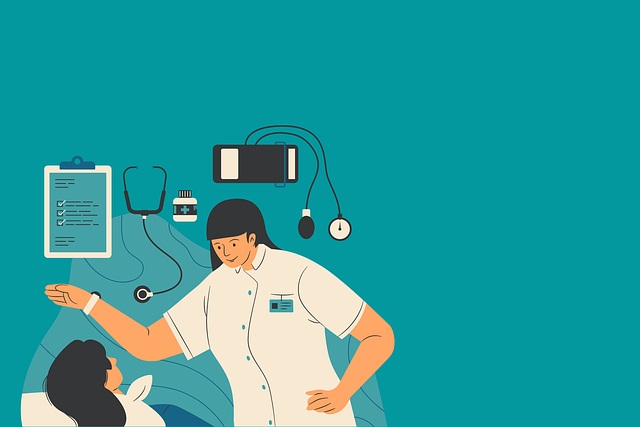India is considered a diabetes capital of the world. Some 77 million live with diabetes, an equal number are said to be undiagnosed and a similar number pre-diabetic. In metros 3 out of 4 adults are either diabetic or pre-diabetic.
Indians get diabetes 10 years earlier than people in the West, in their 30s/40s. Since 50% of India’s billion plus people are under age 25, the public health impact is alarming over the next few decades. India’s demographic dividend may indeed become a demographic disaster if we don’t tackle diabetes and other Noncommunicable diseases (NCDs).
NCDs are recognized as one of the biggest health and development challenges of the century and if we don’t address them, they can wipe out all the gains the world made against the Millennium Development Goals. 2 out of 3 people die from NCDs in India, and the poorest are most impacted. 25% of a poor family’s income is spent on one person with diabetes, making the economic fallout staggering.
Challenges in combating diabetes
Diabetes and other noncommunicable diseases are so widespread in India it is impossible for us to treat our way out of the crisis. Fortunately, these diseases are largely preventable. According to WHO 80% of heart disease 80% of diabetes and 40% cancers can be treated with 3 lifestyle changes – one must eat right, exercise and avoid tobacco. Prevention is therefore smart – and key.
We know what to do – we don’t need a new vaccine or technology. But getting people to change lifestyles is very tough. Behaviour change is the holy grail in the field of diabetes. To make meaningful impact it is important to educate lots of people, entire populations on diabetes prevention and positive health behaviors.
Role of community education
Prevention at the community level is truly the way to go. We believe prevention should not be over medicalized and should be easily accessed by people where they live, learn and work. School children should learn about healthy behaviours in adolescence before their lifestyle habits are fully set. Working people should see healthy living embedded into the culture at work. And consumers should confront prevention on their phones, deep in their communities, through text messages and WhatsApp. And read about healthy living even as they browse online media or social media.
Frontline workers can take health messages door to door in their communities, rallying people around healthy living. I wonder if multiple prevention interventions are integrated and deployed simultaneously, with great intensity, in the same community, would we be able to improve outcomes through a “surround sound” effect?
Collaboration is key
India like every other country, is struggling to cope with COVID, with the multiple waves and variants, with untold sickness and suffering and despair, indeed with the very way we live and learn and work. The task of Building India Back Better is huge. No one entity can do it alone.
Multi-sectoral collaboration is the need of the hour. Now more than ever, we need the government, corporates, and NGOs to all partner with each other, and help transform communities into healthy communities. We ask groups working deep in communities to add a healthy living drive to the end of Covid vaccination drives.
With eating right and physical activity entrenched in communities we can prevent or at least delay diabetes, and because diabetes leads to more negative health outcomes from COVID, we can also reduce hospitalizations and serious COVID disease in the community.
75% of India’s adolescents are physically inactive says the WHO and 10% of India’s children are pre-diabetic. Surely, we can do better than that and get our children to grow up to be healthy, productive, grounded citizens, contributing to society to the best of their potential.
– For this we need NGOs to collaborate with other NGOs – for those that teach science, and reading and math, to take proven health content from another NGO and add it to their offerings, because surely children can learn to read and learn about health at the same time. We appeal to NGOs to leverage the infrastructure we each have built to not only advance our own missions, but now also work together to help India emerge stronger from COVID.
– We ask companies to stake care of the health of their employees and the communities where they live, to support community projects with their CSR funds, to lend their tech expertise and strengthen India’s health systems, to bring their brand building expertise to bear and make healthy eating cool and aspirational. Corporates can help us build a movement around healthy living in India.
– Governments should make the frontline health workers accessible to grassroots organizations and must lean on both the private sector and the NGOs to take health to the last mile, to reduce the NCD burden, to help communities be better prepared for the next pandemic, to have a more productive workforce in the future, to retain the country’s economic competitiveness on the global stage.
We can’t let COVID set us back. If we work together, we can help India meet the SDGs. Nothing less than the future of our country is at stake.
Views of the author are personal and do not necessarily represent the website’s views.
 The author Dr. Nalini Saligram is a passionate global health advocate with a hard science background and global communications experience. Her brainchild Arogya World is working across several states in India through its 4 key programmes, impacting more than 3 million people with a defined goal to reach 22 million by 2022. This Ashoka awardee’s professional journey began in 1986 and during this time she has led corporate communications global teams for healthcare brands like GSK, Merck, and Merial. Nalini holds a Ph.D. in biochemistry from the Indian Institute of Science, Bangalore. She serves on the Dean’s Council at the Rollins School of Public Health at Emory University and is a charter member of TiE Midwest.
The author Dr. Nalini Saligram is a passionate global health advocate with a hard science background and global communications experience. Her brainchild Arogya World is working across several states in India through its 4 key programmes, impacting more than 3 million people with a defined goal to reach 22 million by 2022. This Ashoka awardee’s professional journey began in 1986 and during this time she has led corporate communications global teams for healthcare brands like GSK, Merck, and Merial. Nalini holds a Ph.D. in biochemistry from the Indian Institute of Science, Bangalore. She serves on the Dean’s Council at the Rollins School of Public Health at Emory University and is a charter member of TiE Midwest.


